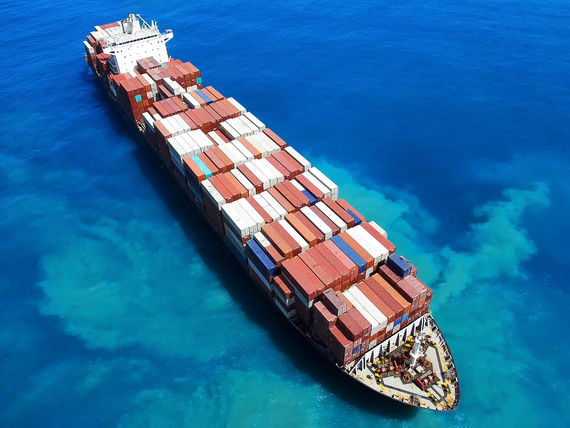The only constant is change!


Ricardo Carrion
Global Account Director
If we track global crises due to natural disasters, geopolitical forces, and global pandemics, we find a picture that has kept supply chain organizations and supply chain professionals on their feet throughout history. These ongoing global impacts have hit organizations in many different ways, but only one thing has maintained its course and that is CHANGE!
In the video below, we analyzed the impact of global crises on supply chains (focusing on ocean freight reliability and rates) using data from the Baltic Index and Sea-Intelligence Maritime Analysis.
Rates vs. Reliability
So, you might be thinking: great find, Sherlock, aren’t you stating the obvious?
However, as evident as the correlation between these variables is, and as well documented as these historical and current events are, they tend to catch most of the logistics world off guard. I am not suggesting that supply chains aren’t well prepared, but rather highlighting the facts. Interestingly enough, the industry has been very hard at work creating incredible advances in different areas, with the objective of building resilient supply chains, some highlights include:
-
The evolution in systems solutions specifically through Block Chain, Machine Learning, Artificial Intelligence, Big Data Analytics, and Predictive Analytics.
-
Network and manufacturing models have been reviewed and we are familiar with “just in time,” Economic Order Quantity, Nearshoring, Far Shoring, Multi-Sourcing, Centralization, and Decentralization.
-
Logistics strategies of single mode transport or multimodal, carrier direct contracting, use of NVOCC, etc.
-
Supply chain reorganizations looking into outsourcing or vertical integrations, 3PL and 4PL considerations.
-
Sustainability-proofed supply chains, Carbon Emission calculation, multi-modal solutions, etc.
Then the question becomes: if we have learned and developed so many different solutions why are companies large and small, local, regional, global, always affected? Below are my suggestions which I share as a way of igniting thoughts and ideas from you, industry professional.
Lessons Learned
Growth doesn’t mean enterprise alignment
Even though we see incredible growth and specializations in different areas of business, there is still a silo effect where the procurement teams focus on specific variables, not necessarily aligned with the operations nor with the logistics integrators. This lack of alignment across the business groups calls for short sighted solutions, let’s call them “one hit wonders”. Therefore, a good starting point would be to change the departmental focus to an enterprise focus, which allows for greater intercompany engagement allowing for a thorough approach to solving your company’s supply chain challenges.

Lessons Learned
Choose your partners carefully
When you decide to partner with a company to support your logistics or entire supply chain challenges, carefully examine their capabilities. We see providers that are great at execution and others that are great at visibility or advisory; this creates great excitement inside organizations because they feel they solved their multidimensional problem with a one-dimensional solution. Meaning then, that the supply chain integrator role falls inside the organization, which can more often than not be a recipe for failure. It is at this point where many companies lose track of their core business and expect to have (besides an excellent product) a global logistics integrator inside their company. Therefore, the recommendation is to partner with companies that provide capabilities that provide a genuine end-to-end supply chain offering and not just one-dimensional providers.

Lessons Learned
Start now
Aside from the urgency to begin planning now, companies must prioritize partnerships and cross functional analysis inside their organizations. Executing such strategies requires visibility and the ability for coordination that a centrally managed technology can provide. Organizations must reengineer their models and analyze Total Cost of Ownership. Thus, thinking outside of the (container) box.



